Table of Contents
Alright, let's talk meatballs. Not the sad, grey, rubbery kind you sometimes encounter, but the real deal. The kind that's tender, juicy, and packed with flavor, the kind your nonna might have made if you had an Italian nonna who cooked killer meatballs. Finding that perfect balance can feel like chasing a culinary unicorn, right? You want them to hold together but not be dense, to be flavorful without being overpowering, and to simmer beautifully in sauce.
What Makes Meatballs "Traditional"?

What Makes Meatballs "Traditional"?
So, you hear "traditional Italian meatballs" and maybe picture a specific thing. But honestly, "traditional" is a bit like asking someone's favorite pasta shape – you'll get a hundred different answers depending on which nonna you ask. Generally speaking, though, when people talk about a traditional Italian-American-style meatball (which is often what folks mean outside of Italy), they're thinking about a mix of meats, usually beef and pork, sometimes with veal thrown in for tenderness and richness. The binder is crucial; it's not just dry breadcrumbs tossed in. We're talking about stale or fresh bread soaked in milk, which keeps things incredibly moist. Then you fold in grated hard cheese like Parmigiano Reggiano or Pecorino Romano, plenty of fresh garlic, chopped fresh herbs like parsley or basil, maybe an egg or two, salt, and pepper. They're typically cooked gently, often simmered low and slow in a simple tomato sauce, absorbing all that lovely flavor rather than being fried to a crisp hockey puck.
So, what are the non-negotiables for a "traditional" vibe?
- A mix of ground meats (beef and pork are standard).
- Bread soaked in milk (the moisture secret).
- Grated hard cheese for that salty, savory punch.
- Fresh garlic and herbs (don't skimp here).
- Gentle cooking, often finishing in sauce.
Gather Your Ingredients for Traditional Italian Meatballs
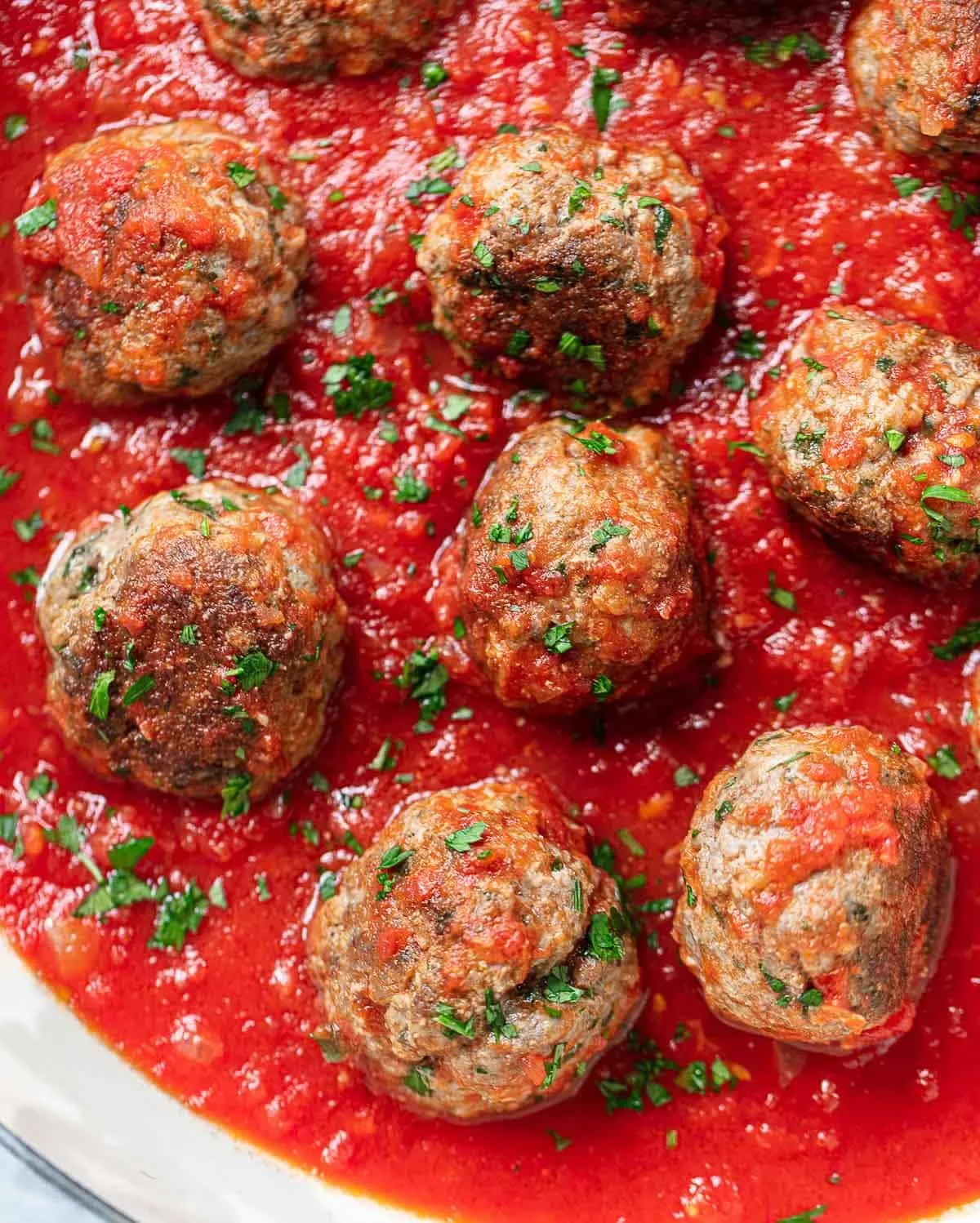
Gather Your Ingredients for Traditional Italian Meatballs
Choosing Your Meat Mix Wisely
let's get down to brass tacks for your traditional Italian meatballs recipe. The meat is obviously key. You're not just grabbing any old ground beef here. For truly tender and flavorful meatballs, you need fat. Like, actual fat. Skip the super lean stuff unless you enjoy dry, sad little balls. A classic blend is equal parts ground beef (aim for 80/20 chuck) and ground pork. The beef brings the beefy flavor, and the pork adds moisture and richness that beef alone can't match. Some folks swear by adding ground veal for extra tenderness, and if your budget allows, it's a great addition, but beef and pork is the solid foundation.
Think of it like building a house. You wouldn't start with flimsy materials, right? The quality and fat content of your meat dictate the final texture and juiciness. Don't be afraid of a little fat; that's where flavor lives and where dryness goes to die. Get it from a butcher if you can, or at least look for packages that clearly state the lean-to-fat ratio.
The Binder and Aromatics: More Than Just Fillers
Next up in gathering your ingredients for traditional Italian meatballs is the binder, and this is where many recipes go wrong. Dry breadcrumbs? Hard pass. The secret weapon is stale or fresh bread soaked in milk. Grab a few slices of good quality bread (like Italian or French bread, crust removed) and tear it into small pieces. Drown it in milk – whole milk is best for richness. Let it sit for a few minutes until it's soggy, then squeeze out the excess milk. This creates a paste that binds the meat gently and adds incredible moisture. This isn't just filler; it's a texture game-changer.
Now for the flavor bombs: grated hard cheese (Parmigiano Reggiano or Pecorino Romano, or a mix), finely minced fresh garlic (use more than you think you need, but mince it fine so you don't get raw garlic chunks), chopped fresh parsley, maybe some fresh basil if you like. An egg or two helps hold it all together, and of course, salt and black pepper. These aromatics aren't optional; they provide the layers of flavor that elevate a meatball from "meh" to "wow."
So, to recap the essentials for your traditional Italian meatballs recipe ingredients:
- Ground Beef (80/20 chuck)
- Ground Pork
- Stale or Fresh Bread
- Whole Milk
- Grated Parmigiano Reggiano or Pecorino Romano
- Fresh Garlic
- Fresh Parsley
- Eggs
- Salt
- Black Pepper
Building Flavor: The Meat and Breadcrumb Base
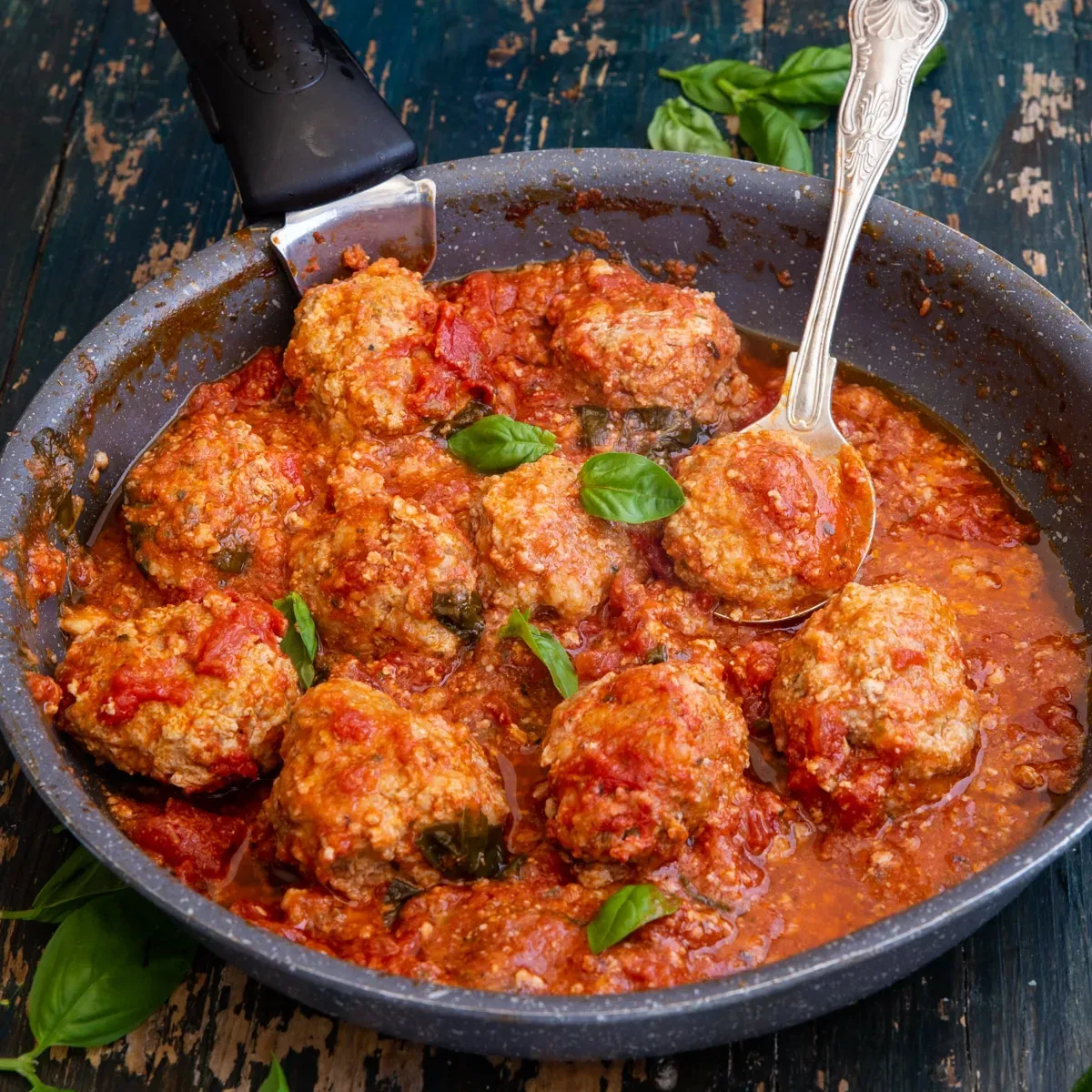
Building Flavor: The Meat and Breadcrumb Base
Combining the Meat and the Wet Bread
you've got your beautiful mix of ground beef and pork, maybe some veal if you're feeling fancy. You also have that bread, now soft and mushy from its milk bath, excess liquid squeezed out. This is where the magic starts for your traditional Italian meatballs recipe. In a large bowl, gently break up the ground meat. Don't pack it down; you want to keep it loose. Now, crumble the squeezed-out bread mixture over the meat. This wet bread is your secret weapon for moisture and tenderness. It's not just a binder; it's a texture enhancer. Think of it as introducing fluffy clouds into your meat mixture, preventing it from becoming a dense, heavy ball.
The goal here isn't to create a solid block of meat. You're aiming for a cohesive but still relatively loose mixture. The wet bread helps distribute moisture evenly and creates pockets within the meatball that stay tender during cooking. This step is crucial for avoiding those tough, rubbery meatballs that nobody wants. It's about building a foundation of flavor and texture right from the start.
Incorporating Cheese, Garlic, and Herbs
With the meat and wet bread base established, it's time to layer in the flavor powerhouses for your traditional Italian meatballs recipe. Sprinkle that grated hard cheese generously over the mixture. This isn't the time for pre-shredded stuff; grate your own Parmigiano Reggiano or Pecorino Romano for the best flavor and texture. Add your finely minced fresh garlic – remember, fine mince means no biting into raw garlic chunks. Toss in the chopped fresh parsley and any other herbs you're using. Crack in your eggs, sprinkle with salt and freshly ground black pepper.
Now comes the delicate part: mixing. Use your hands. Yes, it's messy, but it's the best way to feel the texture and ensure everything is evenly distributed without overworking the meat. Mix gently. You are folding, not kneading. You want the ingredients just combined. Overmixing develops the protein in the meat, making your meatballs tough. Stop mixing as soon as you don't see distinct piles of cheese, herbs, and bread. It should just look like a uniform, albeit slightly messy, mix.
- Key Flavor Builders:
- Wet bread: Essential for moisture.
- Grated Cheese: Adds saltiness and depth.
- Fresh Garlic: Pungent flavor base.
- Fresh Herbs: Brightness and aroma.
- Eggs: Gentle binder.
Mixing and Shaping Your Meatballs
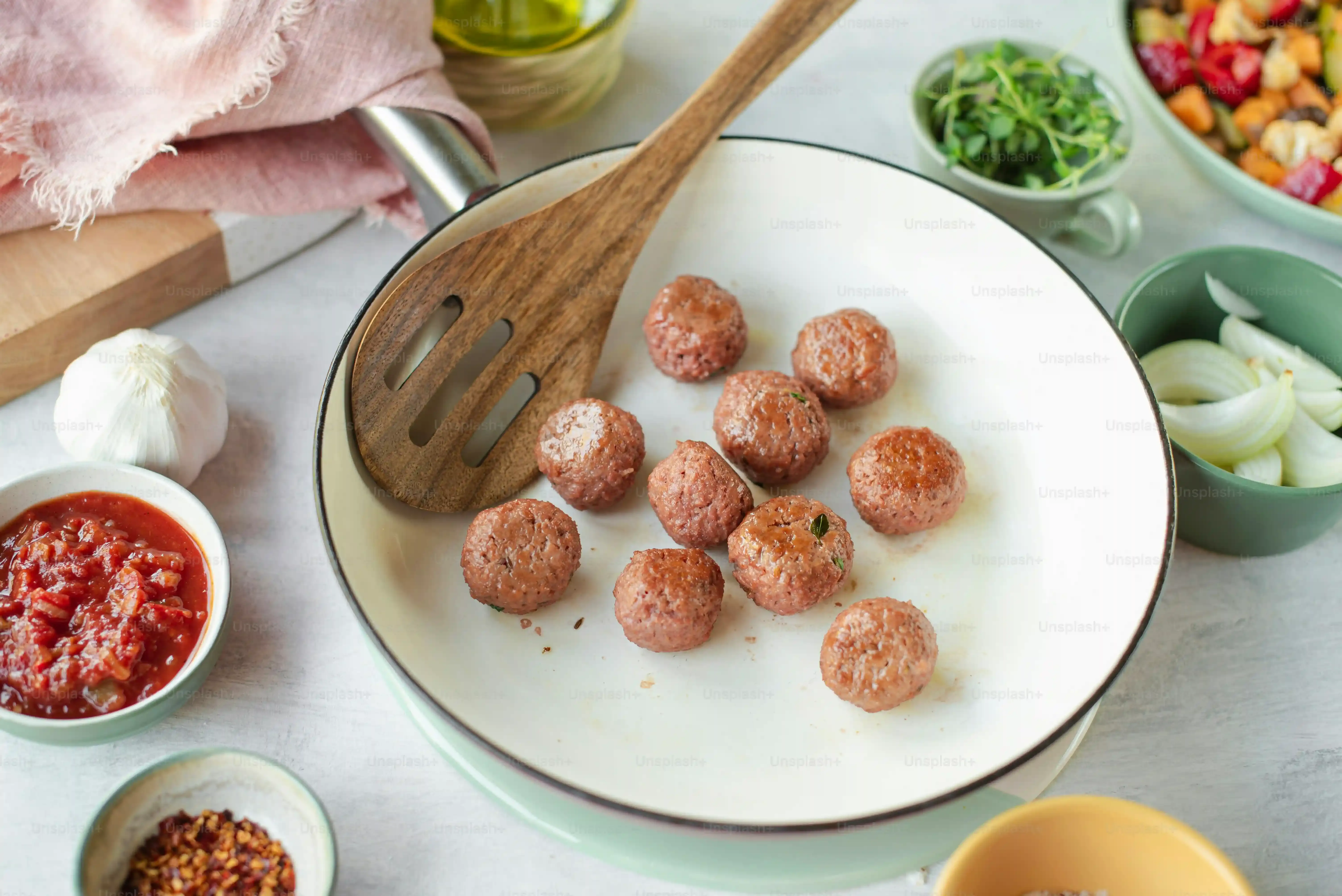
Mixing and Shaping Your Meatballs
Don't Manhandle Your Meat Mix
you've got all those beautiful ingredients in the bowl – the meat, the wet bread, the cheese, the herbs, the eggs, salt, pepper. Now, the absolute golden rule for your traditional italian meatballs recipe at this stage is: mix like you're petting a kitten, not wrestling a bear. Use your hands (they're the best tools here) and gently bring everything together. You want to distribute the ingredients evenly, but do it with a light touch. Think of it as folding the ingredients into the meat rather than mashing them in. Overworking the mixture is the fastest way to tough, dense, utterly disappointing meatballs. You're not making meatloaf here; you're crafting tender little spheres of joy. Mix *just* until everything is incorporated and you don't see distinct piles of ingredients anymore. Stop. Seriously, stop.
Sizing Up and Rolling Right
Now that your mixture is ready (and you resisted the urge to knead it like dough), it's time to shape your traditional italian meatballs. The size is a personal preference, but aiming for something around 1 ½ to 2 inches in diameter is pretty standard. Think golf ball or slightly smaller. Using a scoop can help keep them uniform, which means they'll cook more evenly. Once you've scooped or portioned out a piece of the mixture, roll it gently between your palms to form a ball. Don't pack it too tightly. A light touch is key here again. You want them compact enough to hold their shape but loose enough to stay tender. Place the shaped meatballs on a plate or baking sheet as you go.
- Mixing & Shaping Checklist:
- Mix gently with hands.
- Stop mixing as soon as ingredients are combined.
- Aim for 1.5 to 2-inch diameter.
- Roll gently, don't pack tightly.
- Use a scoop for uniform size.
Cooking Methods: Stovetop Simmer or Oven Bake?

Cooking Methods: Stovetop Simmer or Oven Bake?
you've got your perfectly shaped, gently mixed meatballs waiting. Now comes the fork in the road for your traditional italian meatballs recipe: how do you cook these little guys? The truly classic, old-school method involves dropping them raw right into a simmering pot of tomato sauce and letting them cook through slowly. This method allows the meatballs to absorb all that delicious sauce flavor while keeping them incredibly tender. The sauce becomes richer too, infused with the meat juices. The alternative, and one favored by many for convenience or a slightly firmer exterior, is to bake them first on a sheet pan until they're mostly cooked through and browned, then finish them in the sauce. Both methods work, but they yield slightly different results. Simmering in sauce is arguably the most traditional way to get that melt-in-your-mouth texture.
Finishing Your Traditional Italian Meatballs in Sauce

Finishing Your Traditional Italian Meatballs in Sauce
Whether you've gently placed them raw into the pot or given them a quick bake to set, the final, crucial step for your traditional italian meatballs recipe is letting them finish cooking submerged in a simmering tomato sauce. This isn't just about cooking them through; it's where the magic happens. The meatballs soak up the rich, savory flavors of the sauce, becoming even more tender and infused with that deep, comforting taste. Simultaneously, the meatballs release some of their own juices and flavor into the sauce, making the sauce itself more complex and delicious. Let them simmer gently, uncovered or partially covered, for at least 30 minutes, or even longer if you have the time. The longer they hang out in the sauce, the better they get. It's a low and slow process that rewards patience with incredibly flavorful results.
Tips for Tender, Juicy Meatballs Every Time
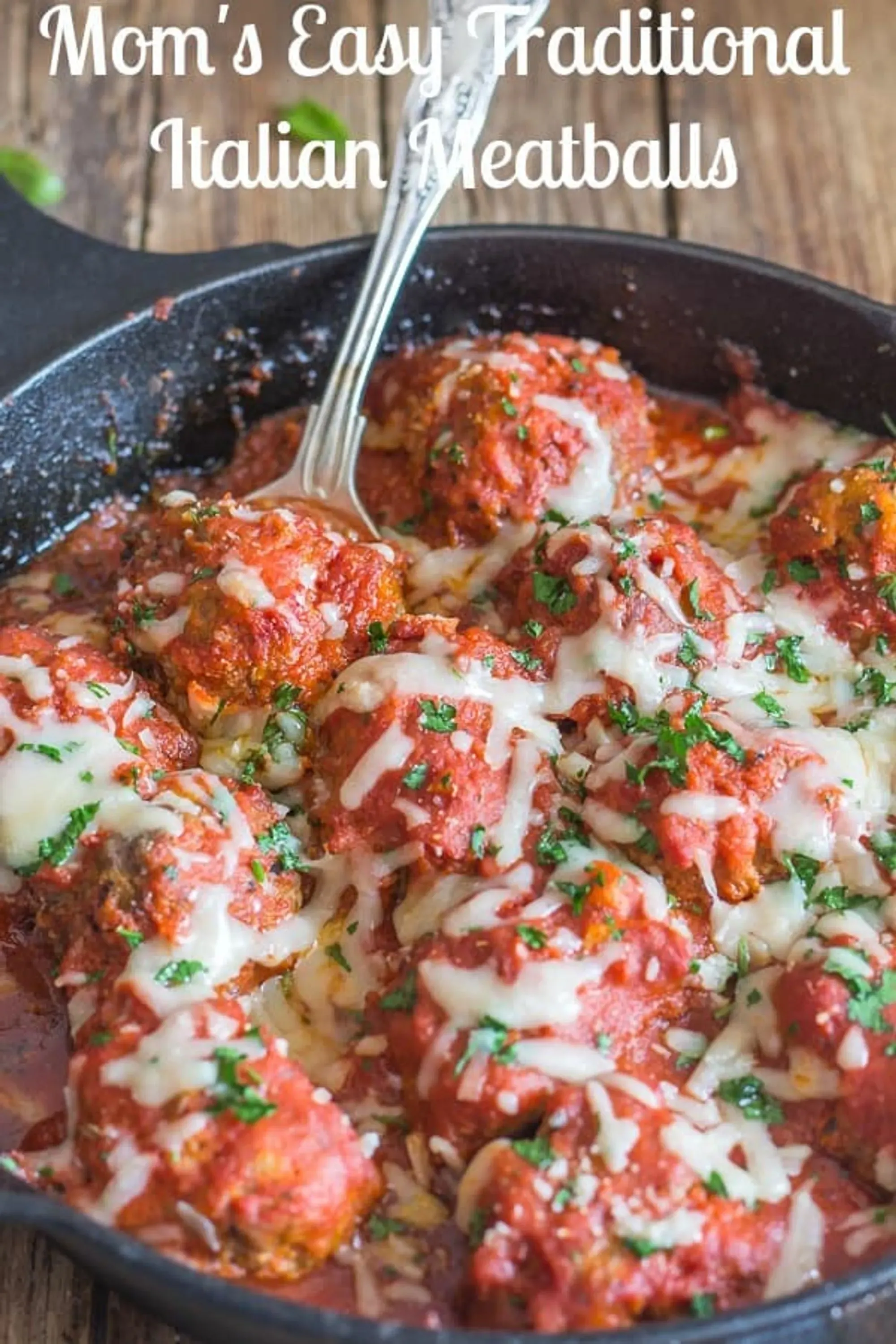
Tips for Tender, Juicy Meatballs Every Time
Mind the Binder, Seriously
Alright, so you want meatballs that melt in your mouth, not ones you could bounce off the floor. One of the biggest mistakes people make when aiming for Tips for Tender, Juicy Meatballs Every Time is messing up the binder. Forget the dry breadcrumbs that suck the life out of your meat. We talked about the milk-soaked bread, and I cannot stress this enough: it's a game-changer. It introduces moisture *into* the mix from the start, creating a light, airy texture that dry crumbs just can't replicate. Think of it as internal hydration for your meatball. Squeeze out just enough milk so it's not sopping wet, but still very soft and mushy. This is your foundation for tenderness.
Handle with Care, Cook with Patience
Another critical factor for achieving Tips for Tender, Juicy Meatballs Every Time is how you treat the mixture once everything is in the bowl and how you cook them. Remember when I said mix gently? I meant it. Overmixing develops gluten-like strands in the meat proteins, turning your potential cloud into a lead balloon. Use your hands, mix just until combined, then step away from the bowl. When it comes to cooking, resist the urge to blast them with high heat. If you're simmering in sauce, keep it at a gentle bubble, not a rolling boil. If baking, don't overdo it before they hit the sauce. Gentle heat and sufficient time simmering in sauce allow the meatballs to cook through slowly, absorbing flavor and staying incredibly moist.
So, let's boil down those key pointers:
- Always use milk-soaked bread, not dry crumbs.
- Mix the ingredients gently by hand; do not overwork.
- Avoid packing the meatballs too tightly when shaping.
- Cook gently, especially when simmering in sauce.
- Don't rush the simmering step; patience equals flavor and tenderness.
Making Ahead: Freezing and Storing Meatballs
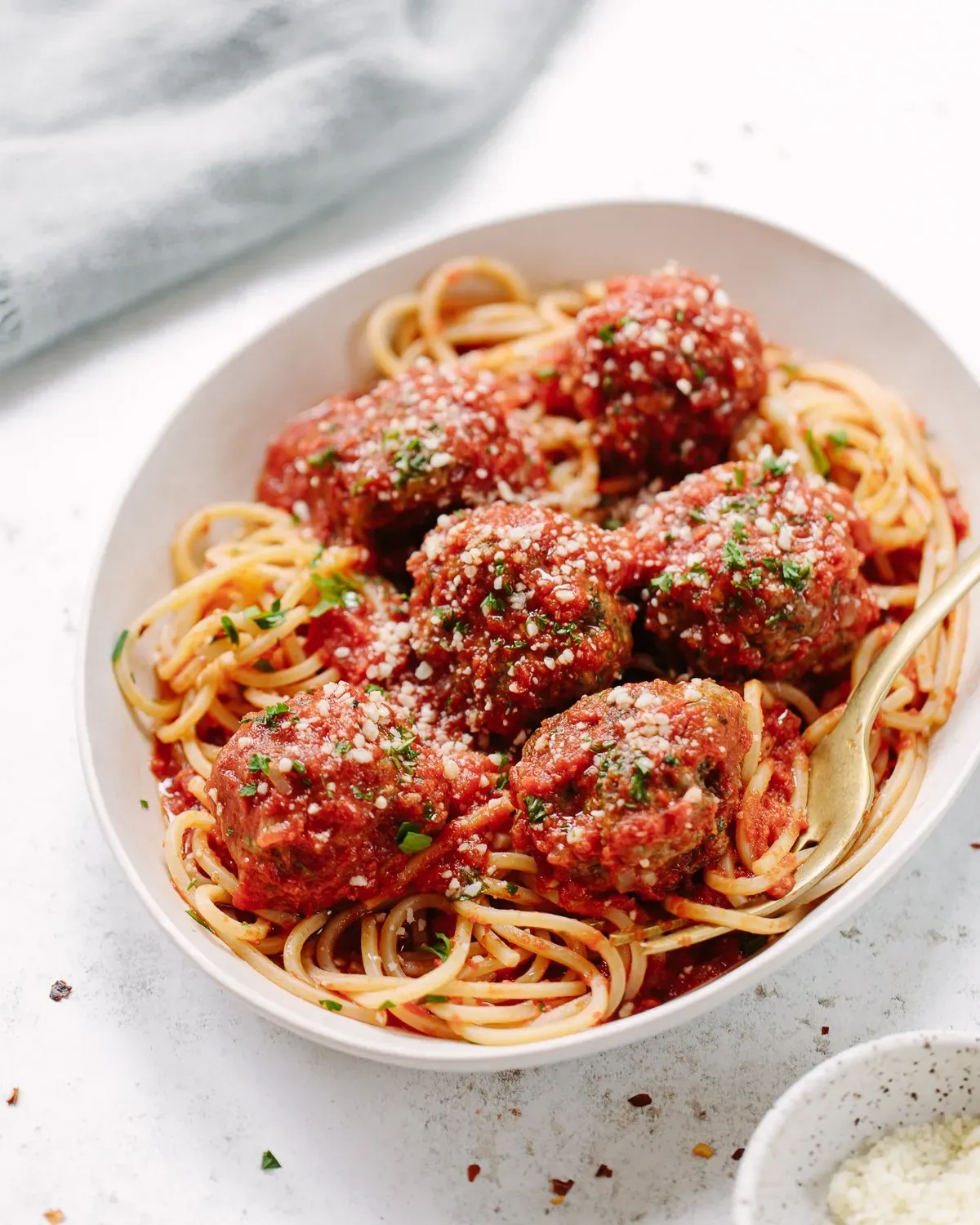
Making Ahead: Freezing and Storing Meatballs
Why Bother Making Ahead?
Let's be real. Sometimes you want killer meatballs without the whole production on a Tuesday night. This is where Making Ahead: Freezing and Storing Meatballs becomes your best friend. Imagine coming home, pulling perfectly formed meatballs from the freezer, and having a delicious dinner on the table in minutes. It's not just about saving time; it's about having a stash of homemade goodness ready to deploy. Maybe you had extra time on Sunday, or you're just smart about meal prep. Whatever the reason, having frozen meatballs is like having culinary gold in your freezer. It means less stress when dinner time rolls around and you're staring blankly into the fridge.
Freezing Uncooked or Partially Cooked Meatballs
so you've mixed and shaped your meatballs using that traditional italian meatballs recipe we talked about. Now, if you're not cooking them all right away, don't just pile them into a bag. That's a recipe for a frozen meat-blob. The best way to freeze them is to flash freeze them first. Place the shaped, uncooked meatballs in a single layer on a baking sheet lined with parchment paper. Pop the whole sheet into the freezer for an hour or two, or until they're solid. This prevents them from sticking together. Once they're frozen solid, transfer them to a freezer-safe bag or container. Label it with the date – seriously, you think you'll remember, but you won't. They'll keep well for up to 3-4 months.
Alternatively, you can partially cook them first, either by baking or giving them a quick sear, then cool them completely before flash freezing and storing. This gives them a little more structure before hitting the deep freeze.
- Flash Freezing Steps:
- Place shaped meatballs on a parchment-lined baking sheet.
- Ensure they are in a single layer, not touching.
- Freeze until solid (1-2 hours).
- Transfer to a freezer-safe bag or container.
- Label and date.
Storing Cooked Meatballs and Using Frozen Ones
If you've already cooked a batch of meatballs, either simmering in sauce or baked, let them cool completely before storing. Cooked meatballs can be stored in an airtight container in the refrigerator for 3-4 days. For longer storage, you can freeze cooked meatballs too. Again, let them cool completely, then pack them in freezer-safe containers or bags. They can be frozen with or without sauce. Freezing them *in* sauce is often convenient, as they can be reheated together.
When you're ready to use your Making Ahead: Freezing and Storing Meatballs stash, the easiest way to reheat frozen meatballs (cooked or uncooked) is to drop them directly into simmering sauce. If they were frozen raw or partially cooked, they'll finish cooking in the sauce. If they were frozen cooked, they'll just need enough time to heat through. Simmering gently ensures they stay tender as they thaw and warm up. Avoid microwaving if possible, as it can make them tough.
Serving Your Delicious Meatballs
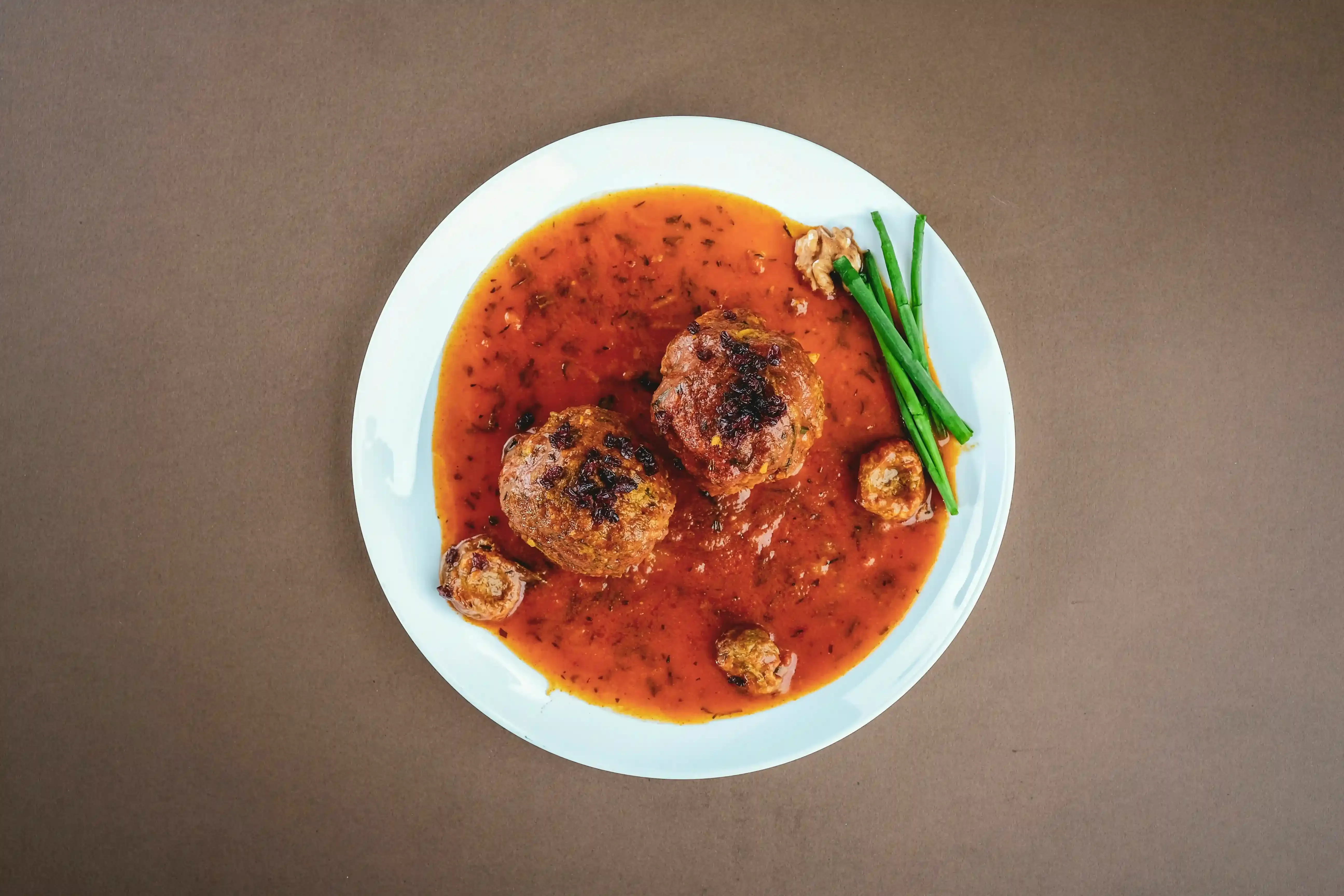
Serving Your Delicious Meatballs
The Classic Pairing: Pasta and Sauce
Alright, you've put in the work, followed the traditional italian meatballs recipe, and now these tender, juicy spheres of goodness are simmering away in that beautiful pot of sauce. How do you serve 'em? The most classic, utterly satisfying way, hands down, is over pasta. It's the dynamic duo of comfort food for a reason. The meatballs nestle among the noodles, and the sauce clings to everything, creating a perfect bite every time. Think spaghetti, linguine, or even a shorter pasta like rigatoni or penne. The kind of pasta doesn't matter as much as ensuring there's enough sauce to coat both the pasta and the meatballs generously. Don't just plop dry pasta on a plate and add meatballs; toss the cooked pasta with some of the sauce first, then add the meatballs on top.
I remember the first time I nailed this recipe, serving them over simple spaghetti. My toughest food critic (my teenage nephew) actually put down his phone. That’s the kind of endorsement you can't buy.
- Classic Pasta Pairings:
- Spaghetti
- Linguine
- Fettuccine
- Rigatoni
- Penne
- Orecchiette
Beyond the Bowl: Subs and Appetizers
While pasta is the undisputed champion, don't pigeonhole your traditional italian meatballs recipe. These things are versatile. A meatball sub? Absolutely. Pile those saucy meatballs into a crusty roll, maybe add some melted provolone or mozzarella, and you've got a handheld feast. They make fantastic appetizers too. Serve smaller meatballs on their own in a dish of sauce with toothpicks for a party, or even as sliders on mini buns. Sometimes, just serving them in a bowl with plenty of sauce and some really good crusty bread for dipping is all you need. It’s less formal than pasta but no less delicious, letting the meatball and sauce combination really shine.
Finishing Touches and Sidekicks
Presentation matters, even for something as rustic as meatballs. A final sprinkle of grated Parmigiano Reggiano or Pecorino Romano right before serving adds a salty bite and looks great. A scattering of fresh chopped parsley or basil adds a pop of color and freshness. What about side dishes? A simple green salad with a vinaigrette is always a good call – it cuts through the richness. Garlic bread? Naturally. Steamed green beans or broccoli are also solid choices if you want something green that isn't a salad. The goal is to complement, not compete with, the star of the show: your perfectly executed, traditional Italian meatballs recipe.
Your Meatball Triumph
So there you have it. You've navigated the ins and outs of a proper traditional italian meatballs recipe. No secret ingredients, no overly complicated steps, just solid technique and quality components coming together. The result should be meatballs that are tender enough to cut with a fork, flavorful down to their core, and ready to star in your favorite sauce or dish. Don't be surprised if you suddenly become the designated meatball maker among your friends or family. Just remember where you learned the ropes.